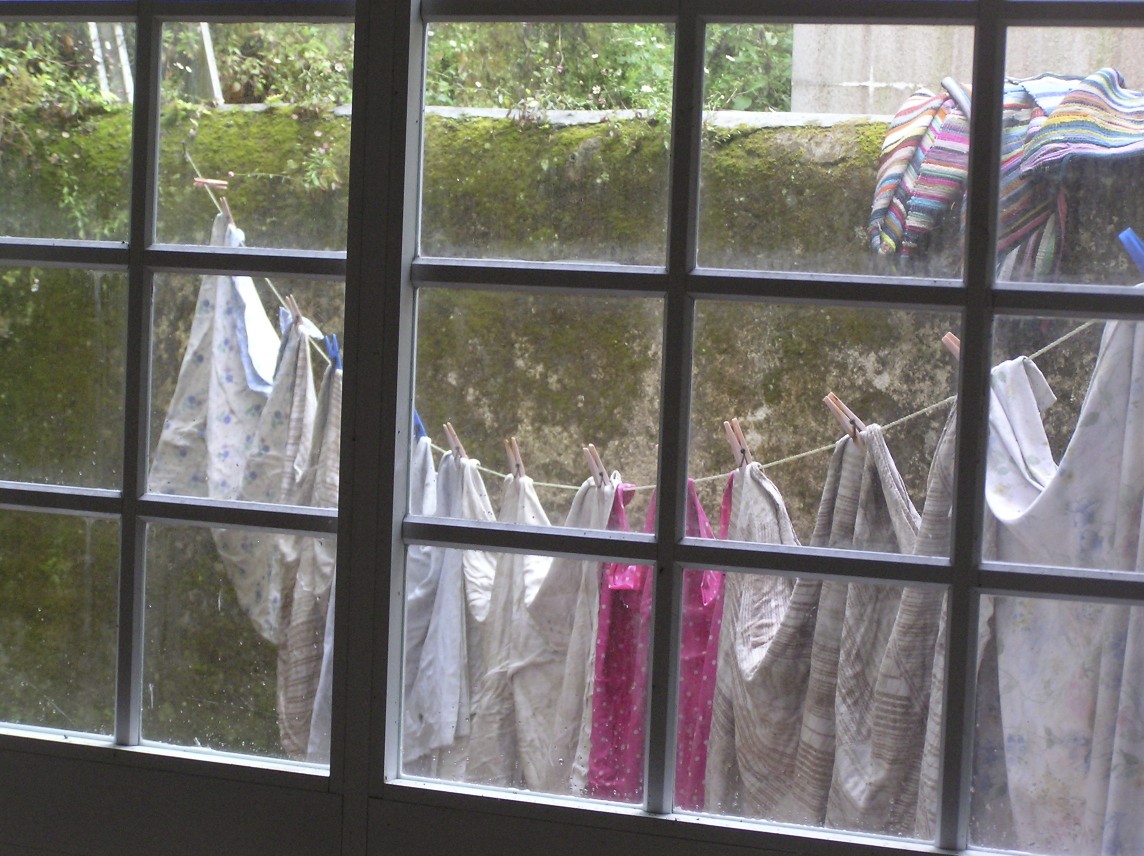
At the heart of the matter regarding vulnerability to disconnection is not so much our genetic disposition toward fear and disorientation, but instead, according to Cacioppo and Patrick (2008, p. 28) a propensity to view all relationships as potentially fraught with peril or at least inconsistency:
“Our level of vulnerability to feeling disconnected is in part at the mercy of our genes. The self-regulation that keeps our social receptors free of static can be difficult when the environment does all it can to frustrate our pursuit of what our genes demand. But our thoughts are something we can address directly, which is why we can use social cognition as a leverage point for regaining control of our social experience. The way we think about social situations can prepare us to metabolize the almost medicinal qualities of social warmth, or it can set us up to confirm the cynical aphorism that ‘hell is other people.’ . . .”
The second factor identified by Cacioppo and Patrick (2008, p. 14) concerns the ability to self-regulate the emotions associated with feeling isolated:
“Successful self-regulation means being able to cope with challenges while remaining on a fairly even keel–not just outwardly, but deep inside. As loneliness increases and persists, it begins to disrupt some of this ability, a “disregulation” that, at the cellular level, leaves us more vulnerable to various stressors, and also less efficient in carrying out soothing and healing functions such as sleep.”
When we are “disregulated” not only are we fearful of interpersonal relationships but also try to escape from these relationships. Robert Sapolsky (2004) has proposed that human beings, unlike other animals, are inclined to imagine being threatened by entities that don’t really exist at the present time and in the current location (such as an upcoming challenging meeting or future payment of income taxes). He writes about zebras on the African savannah who run away from real lions, unlike human beings who freeze in place when confronted with both real and imagined lions. Zebras don’t get ulcers. Human beings do. Cacioppo and Patrick seem to be saying that those in contemporary times who are lonely tend to imagine terrifying lions in their social world that don’t exist–and they “de-regulate” when confronted with these lions. Sapolsky might suggest that the lonely person freezes in place when imagining a threatening social engagement. The deregulation and freeze can do damage to the lonely person’s heart and health.
In a state of social isolation and with the resulting feelings of loneliness we become even more fearful and even less adept at interpreting social signals. A vicious circle is at play (Cacioppo and Patrick, 2008, p. 28):
“Serving as a prompt to restore social bonds, loneliness increases the sensitivity of our receptors for social signals. At the same time, because of the deeply rooted fear it represents, loneliness disrupts the way those signals are processed, diminishing the accuracy of the message that actually gets through. When we are persistently lonely, this dual influence–higher sensitivity, less accuracy—can leave us misconstruing social signals that others do not even detect, or if they detect, interpret quite differently.”








